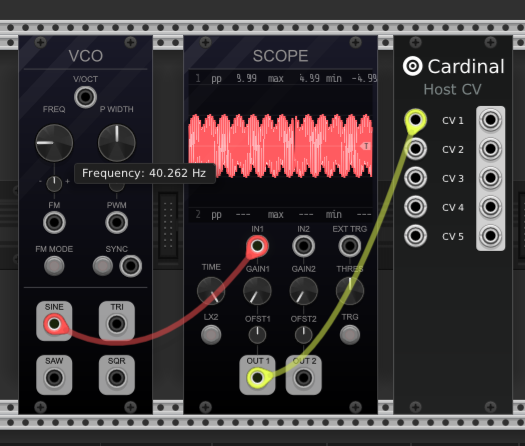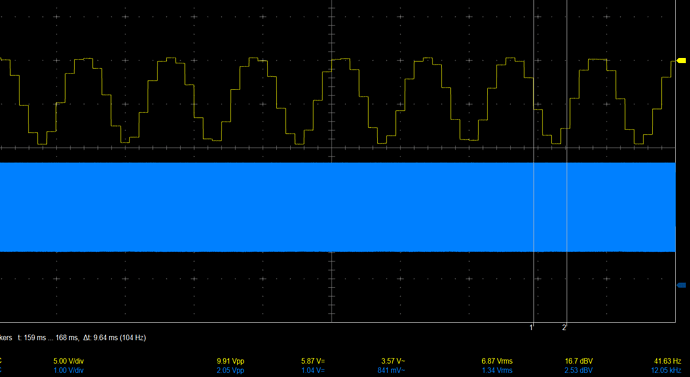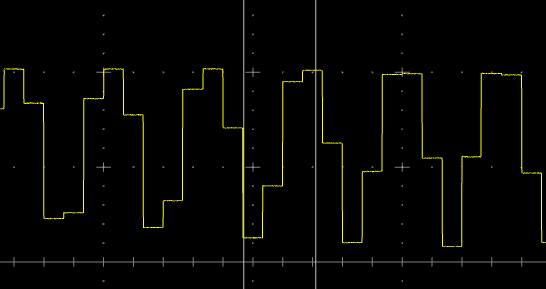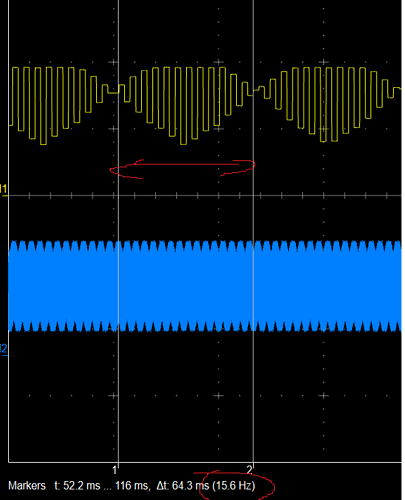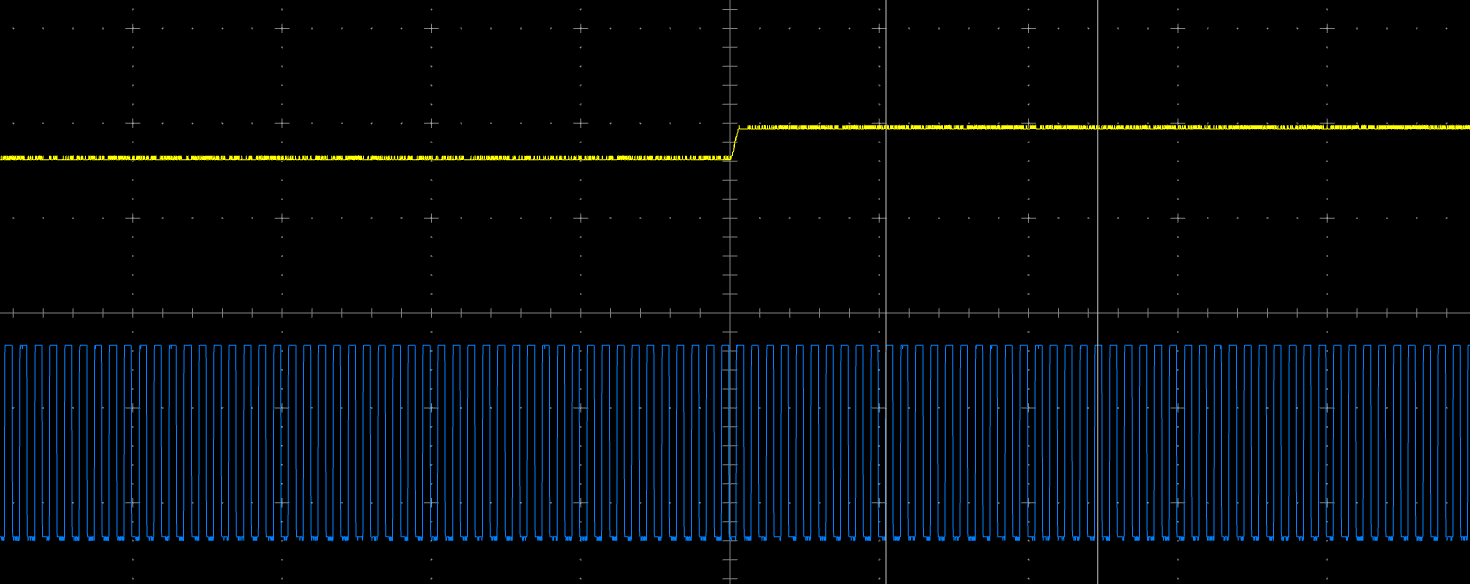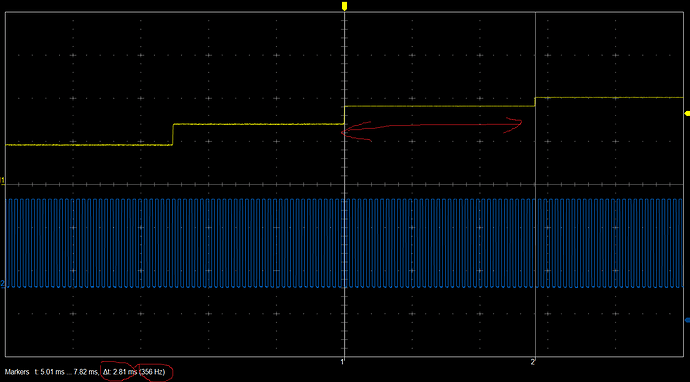Hi people.
There is an campaign starting next week on Kickstarter for simple breadboard based hardware CV modules (https://microrack.org/)
I am quite fascinated, and probably would try to hop on that train. I am unlikely to get any actual music from it, but still looks like a fun toy to play with.
On top of that - as soon as my Mod Duo X has CV inputs/outputs, CV plugins and Cardinal, and midi<->cv conversions - there is a potential to combine these actual hardware modules with emulated ones, compensating for every missing hardware module, using is as sequencer, for example, or making some integration with my MIDI BLE flute via MDX and CME USB dongle, and so on.
Problem is - Microrack modules are supposed to work with bipolar -5;+5v signals:
Is MICRORACK compatible with other modular systems?
Yes, MICRORACK is designed to be compatible with other modular systems, including Eurorack. MICRORACK modules are powered by +12V/-12V and work with +5V/-5V signal levels. We’ve designed simple 3x3.5mm Jack adapter module and in addition we offer a Rack Chassis add-on that allows you not just to have portable modular unit but also to integrate MICRORACK modules right into your Eurorack case and setup.
Meanwhile MDX uses 0;+10v unipolar:
https://wiki.mod.audio/wiki/Duo_X_Technical_Specs
Note:
- On the Duo X Limited edition, both the CV inputs and outputs have a range from 0V to 5V.
- On the Duo X normal production edition, both the CV inputs and outputs have a range from 0V to 10V.
ADC uses https://www.ti.com/product/ADC122S021 DAC uses https://www.microchip.com/en-us/product/mcp4922
Important Wrong use of the CV ports may damage the MOD Duo X. Please pay special attention.
What can I do to interface MDX with that Microrack hardware and make sure that I would not fry anything? (especially MDX, which would be quite hard and expensive to replace)
I have a normal production Duo X.
Thank you in advance.
